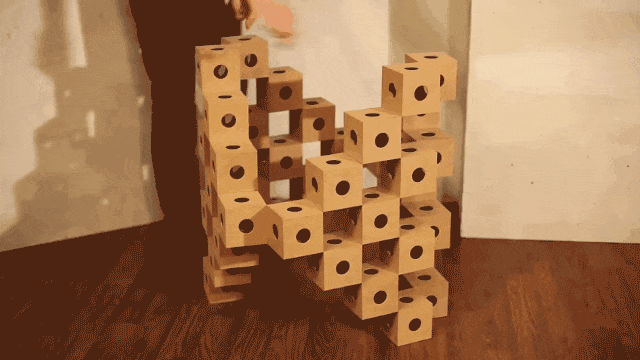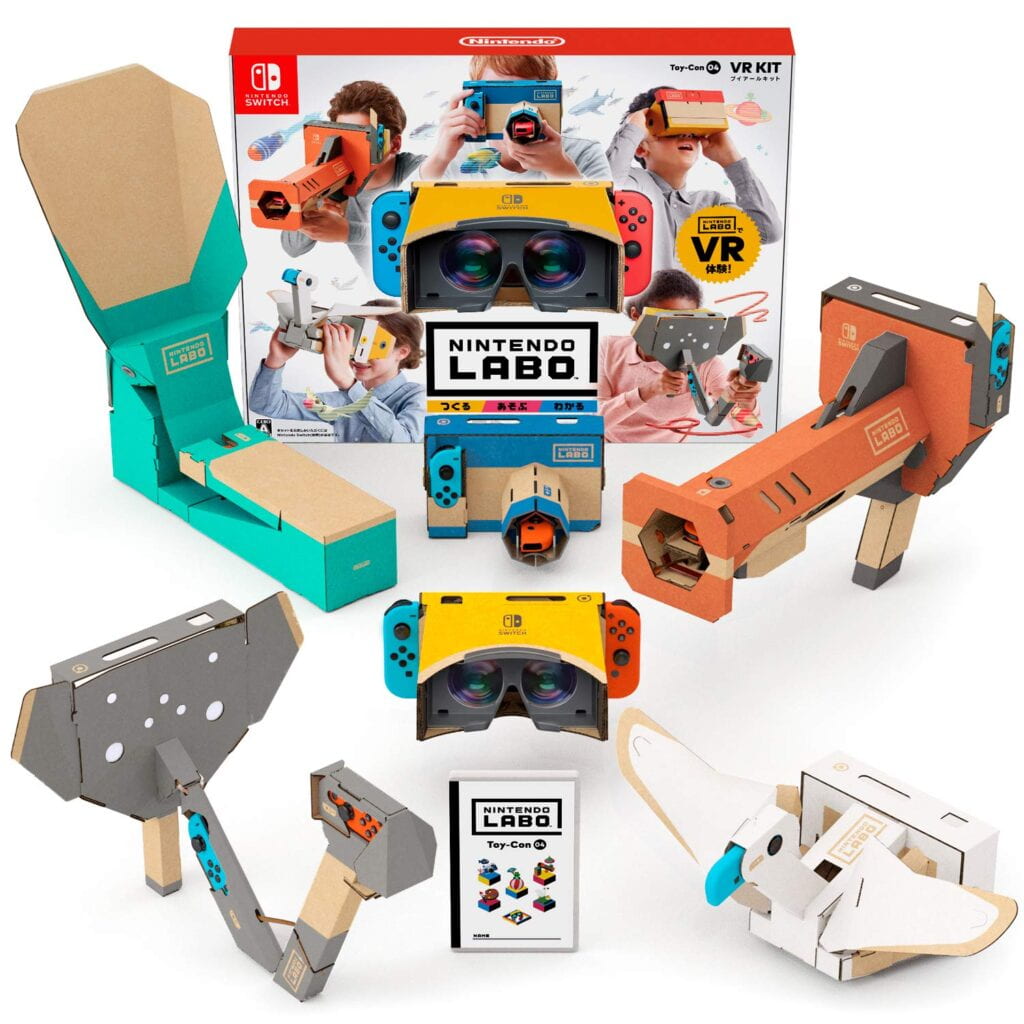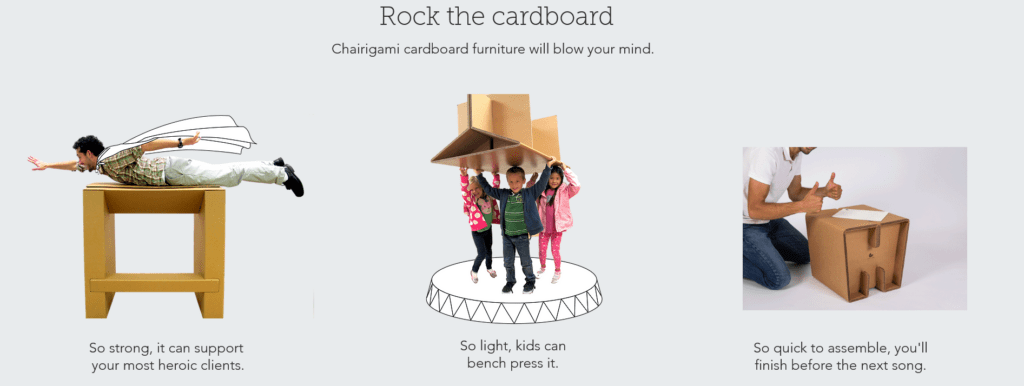
Using cardboard for products is great way of reducing environmental impacts since it is biodegradable. It’s interesting to see how sturdy cardboard can be and how cardboard can be used for the final product as well as prototyping. However, the idea of buying a cardboard product always makes me think about how you can make it yourself because cardboard is an easily accessible material. But then again the craftsmanship and effort it takes to make cardboard products is probably the reason why some of these products are over $100.
Cardboard Bike
After watching the video, I was shocked at how he made the bike look like it wasn’t made of cardboard. Seeing his first design and then comparing it to his “final” product really shows Gafni’s perseverance and knowledge on cardboard as a material. It’s also interesting how he mentioned his friend made a canoe out of cardboard, which when I first hear that I think about how cardboard and water don’t mix. But then after seeing the bike roll through the water it made me realize that cardboard is pretty durable.
Additionally, when Gafni said, “basically the idea is like Japanese origami: when you fold it once then it doesn’t become twice the strength, it becomes three times the strength” it reminded me of the first assignment on origami. In a way, cardboard is a leveled-up version of paper, so it makes sense how origami techniques can be applied to it.
Gafni also says in the article that if this was mass produced it would cost $60 (which is cheaper than the other 2 products), but how can cardboard products be mass produced by machines?
Nintendo Labo

For some reason, the Nintendo Labo seems a bit ridiculous. Even though Gafni’s bike was also made from cardboard, it didn’t look like it, so that might be one reason why the bike seems less ridiculous than the Labo. It just looks funny when you use is, especially the bird and elephant one. Then again, this is targeted towards children so I can see why they stuck with the cardboard aesthetic instead of making it look like it was made of plastic or something. Also, the kit is $180 on Amazon and it seems like a lot for cardboard, but I guess it costs that much because of the VR set.
Chairigami

This is another great concept, since it’s sustainable and affordable for people who just want temporary furniture, but like the Nintendo Labo it looks kind of strange. One quote I found was “cardboard furniture is a blank slate for you to customize your pop-up home away from home,” which explains why they kept the cardboard appeal. I do like the idea that you can customize it yourself, and if there are kids in the family you don’t have to worry about them scribbling all over a nice, expensive wooden table. It’s pretty cheap compared to “normal” furniture, but I still feel like it’s pricey for cardboard. Also the idea of this furniture being shipped to you in a cardboard box just seems funny to me.
This product also goes back to the origami idea that Gafni talked about.
Other Applications of Cardboard
![]()
When I was searching for other possible applications, the first thing I thought of was the Tokyo 2020 Olympics cardboard bed. This was a whole meme at the time because people thought it was ridiculous, but it is sustainable and it can be recycled after the Olympics is over. It costs a lot for a country to host the Olympics and after it’s done sometimes it becomes abandoned, so it’s nice how Japan was thinking of ways to be sustainable.
Another cardboard application I thought of was a satirical YouTube skit I watched in the past. It was basically poking fun at the Floboard/Hoverboard hype back in 2015, so it was advertising the cardboard as a product. Even though it’s not a real product, I just thought it was a super creative way of presenting cardboard as a material.



